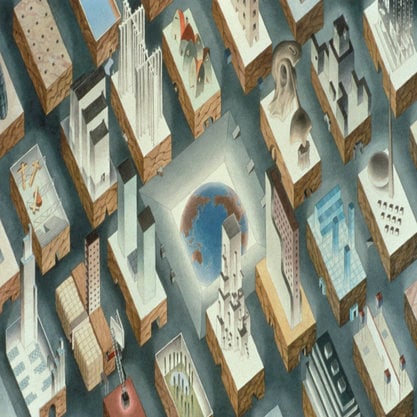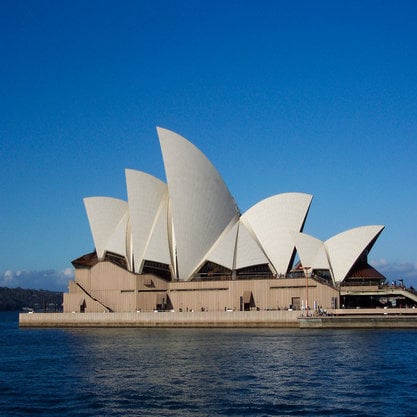Article
New Zealand Modernism By Sword, Helen
Article
The moniker “New Zealand Modernism” is most frequently used today to describe art and architecture produced in New Zealand from the 1930s through the 1960s and beyond: for example, the paintings of Colin McCahon, Rita Angus, Gordon Walters, and Frances Hodgkins and the architecture of Ernst Plischke, Bill Toomath, Miles Warren, Maurice Mahoney, Humphrey Hall, and the Group architects. In literary studies, by contrast, the only New Zealand authors consistently labelled “modernists” are those who left home to anchor themselves in intellectual currents abroad: Katherine Mansfield, who wrote most of her New Zealand-themed stories from self-imposed exile in England and France; Lola Ridge, who represented herself in later life as an Australian-American poet despite, having spent 23 formative years in New Zealand; Robin Hyde, whose longing to see a wider world took her to war-torn China in the late 1930s. Yet, New Zealand literature from the 1920s onward was deeply influenced by Anglo-European modernism, often in ways that belie its seemingly provincial character and realist bias.



